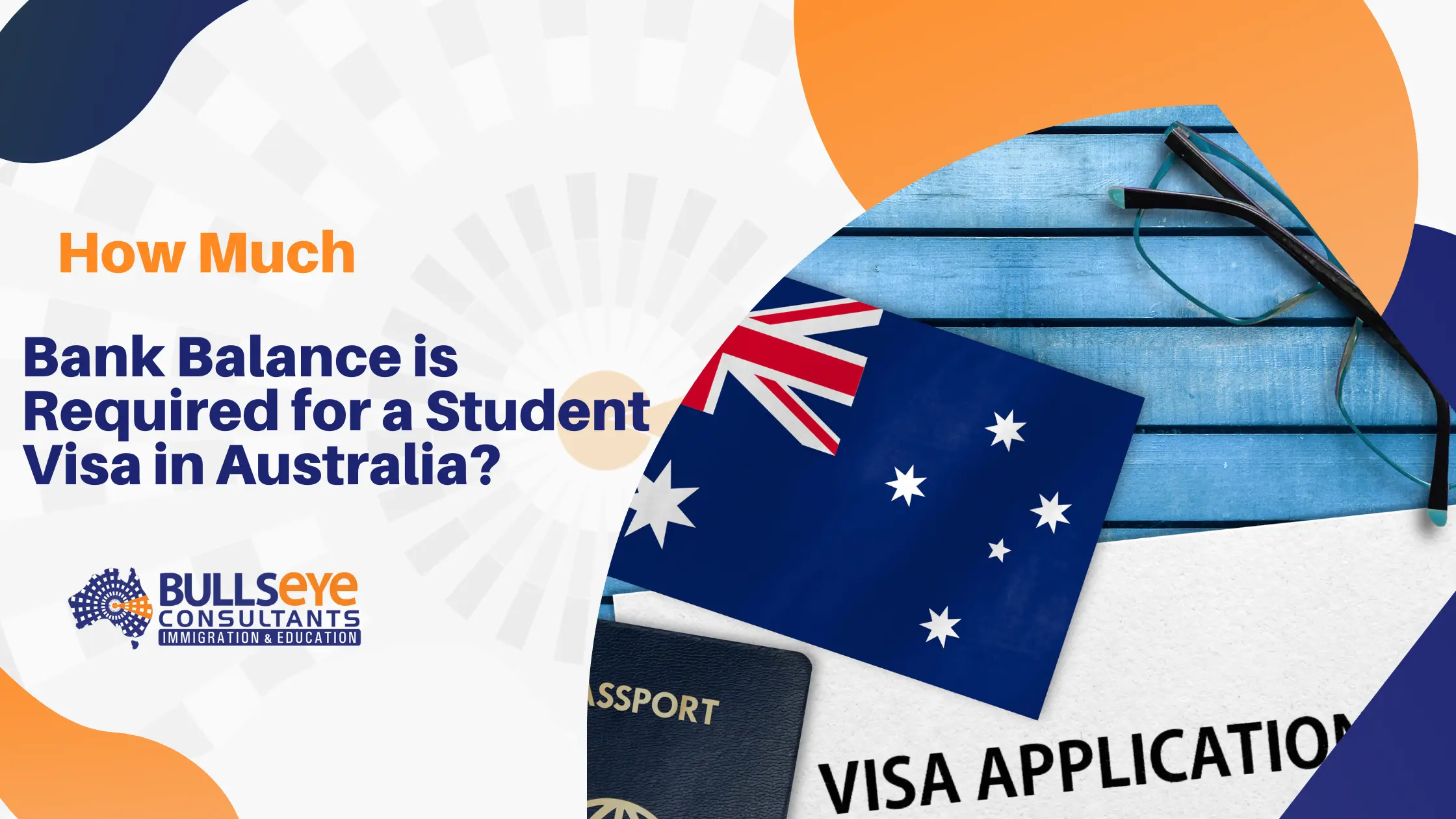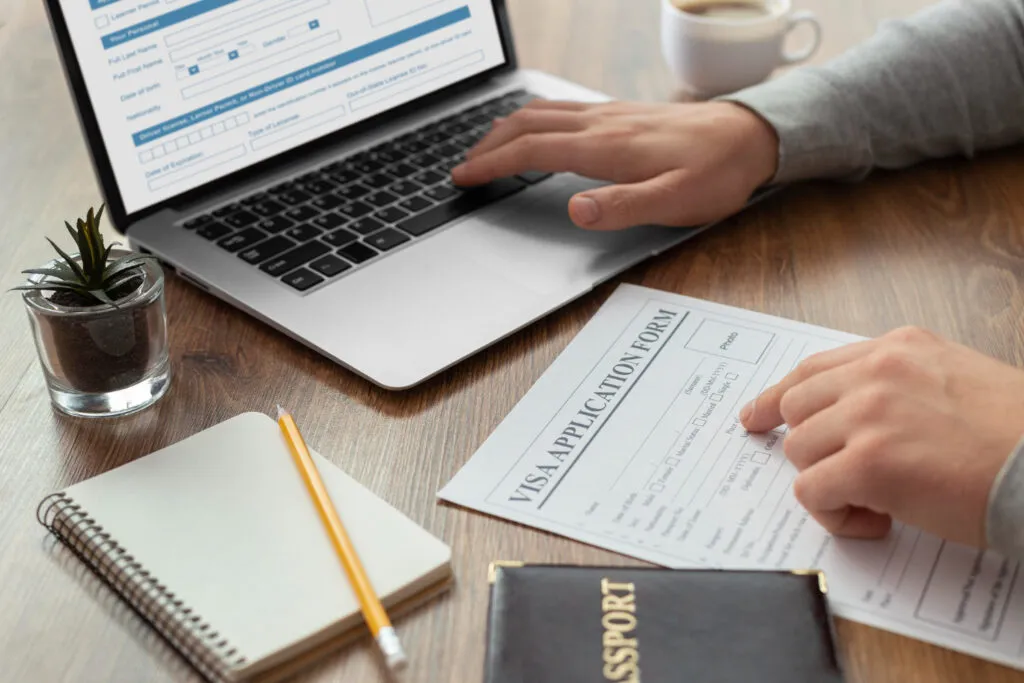When applying for a student visa in Australia, proof of financial stability is essential to show that you can support yourself (and any dependents) throughout your studies. The Australian Department of Home Affairs sets specific financial requirements that vary based on factors such as the duration of your course, tuition fees, living expenses, and any family members who might accompany you.
Understanding these requirements will not only improve your chances of visa approval but also help you plan effectively for your stay in Australia.
Why is Financial Proof Necessary?
Australia’s student visa (Subclass 500) requires applicants to demonstrate that they have enough funds to cover their stay. This financial requirement is in place to ensure that students can meet their tuition and living expenses without facing undue hardship, which helps maintain both the student’s safety and the economic stability of the host country. In addition to funding your studies, having a solid financial foundation enables you to avoid working excessive hours, which is restricted while on a student visa.
How Much is Bank Balance Required for a Student Visa?
As of recent guidelines, here is the breakdown of the amount of funds you need to show:
- Living Expenses: AUD 21,041 per year for a single student. This amount covers general living expenses such as food, accommodation, transport, and personal needs.
- Dependent Family Members: If you have a spouse or children joining you, the financial requirement increases:
- AUD 7,362 per year for a spouse or partner.
- AUD 3,152 per year for each child.
- Schooling Costs for Children: If bringing school-aged children, an additional AUD 8,000 per year per child may be required.
- Tuition Fees: Average tuition fees vary based on the course level:
- Undergraduate courses typically range between AUD 15,000 and AUD 33,000 per year.
- Postgraduate courses range between AUD 20,000 and AUD 37,000 per year.
- Vocational and technical courses usually cost between AUD 4,000 and AUD 22,000 per year.
These figures are subject to change, so it’s essential to check the Department of Home Affairs website for the latest requirements.
What are The Types of Acceptable Financial Proofs?
To meet the financial proof requirement, applicants need to submit acceptable documentation showing that they have access to the required funds. Adequate sources of financial proof include:
- Bank Statements: Recent bank statements that show sufficient funds to cover your expenses.
- Approved Education Loan: A letter from a recognised financial institution detailing an education loan disbursement can be used as proof.
- Sponsorship Letter: If you have a financial sponsor (such as a family member), a sponsorship letter detailing their commitment to covering your expenses is required. They must also provide proof of their financial capacity.
- Government or Organisation Sponsorship: Scholarship or sponsorship letters from recognised organisations or government bodies.
All funds must be accessible and free of restrictions. For instance, funds should not be in a locked account or under any hold that would prevent you from accessing them as needed.
- Calculating Your Total Financial Requirement
Here’s how to calculate the total amount required, taking an example of a one-year Master’s program in Australia:
- Tuition Fees: AUD 25,000
- Living Expenses: AUD 21,041
- Additional Dependents (e.g., spouse): AUD 7,362
In this example, your total financial requirement would be 25,000 + 21,041 + 7,362 = AUD 53,403
This is the minimum amount you need to show as accessible funds for one year. Ensure that you add any additional family members or school fees if applicable.
- Additional Tips for Preparing Financial Proof
- Currency Conversion: Ensure that your bank balance is equivalent to the required amount in AUD, as fluctuating exchange rates can affect whether you meet the requirement.
- Account History: Present a consistent account history that shows stable funds over time. Sudden large deposits can raise questions and may require an explanation.
- Readily Available Funds: Funds in fixed deposits or term deposits should have maturity dates that align with your visa requirements, ensuring they’re accessible when needed.
- Proof of Source: If your funds come from a source other than your savings (such as a family gift), you may be asked to provide proof of the origin of these funds to avoid any misunderstandings during the visa assessment.
What Happens if Your Financial Proof is Insufficient?
If your financial proof does not meet the requirements, your visa application could be delayed or rejected. This can happen for various reasons, such as:
- Unclear Source of Funds: Lack of transparency in how the funds were obtained.
- Funds in Inaccessible Accounts: Funds that are locked or restricted, such as in some term deposits or restricted investment accounts.
- Insufficient Funds: If the total funds shown do not meet the minimum required for living and tuition expenses.
Ensure that your documentation is clear, accurate, and meets all the stipulated requirements to avoid delays or rejection.
Common FAQs on Financial Requirements for a Student Visa
Can I use multiple accounts to show the required bank balance?
Yes, you can show multiple bank accounts as long as the combined balance meets or exceeds the required amount.
Do the funds need to be in an Australian bank?
No, funds can be in a bank account in your home country as long as they are accessible and clearly documented.
Can I get help from a financial sponsor, such as a family member?
Yes, but they will need to provide additional documentation proving their ability to support you, along with a letter of commitment.
Are scholarships accepted as financial proof?
Yes, scholarships from recognised institutions or government bodies are acceptable. Ensure that your scholarship documentation outlines the amount awarded and what expenses it covers.
What if I already paid my tuition fees?
If you’ve prepaid your tuition, you can deduct this amount from your required financial proof. Provide a receipt or confirmation from the institution as evidence of payment.
Conclusion
Having the right bank balance and proof of accessible funds is essential for a successful student visa application in Australia. By meeting the specified financial requirements, you show the Australian government that you are prepared to support yourself (and your dependents, if applicable) during your studies. Proper preparation and clear documentation will not only improve your chances of approval but also allow you to focus on your studies without financial stress. Remember to review the current guidelines on the Department of Home Affairs website, as financial requirements may change over time.









